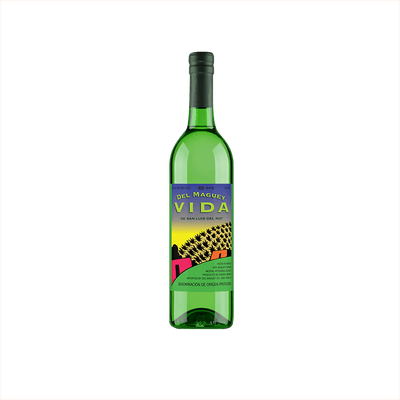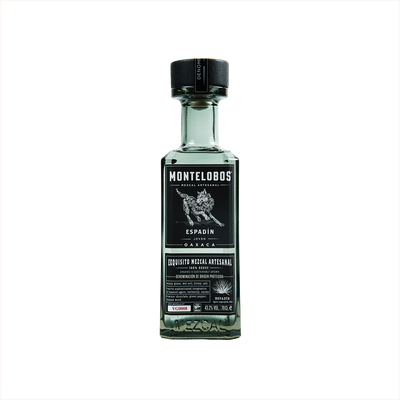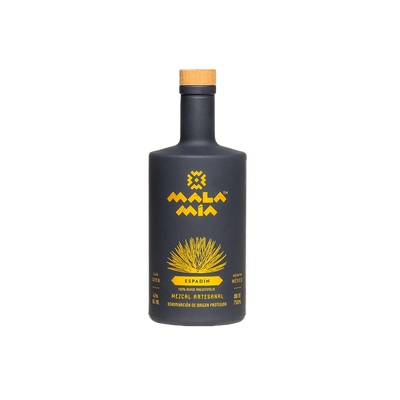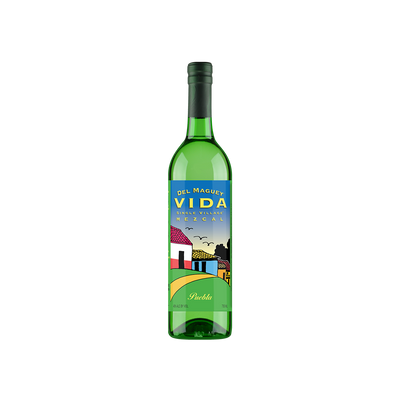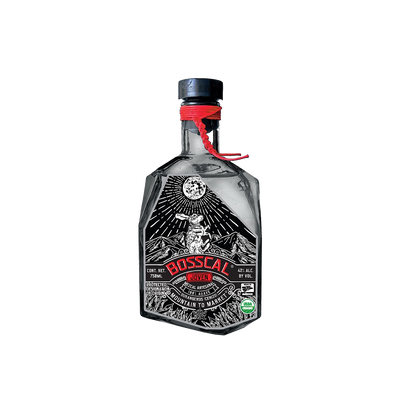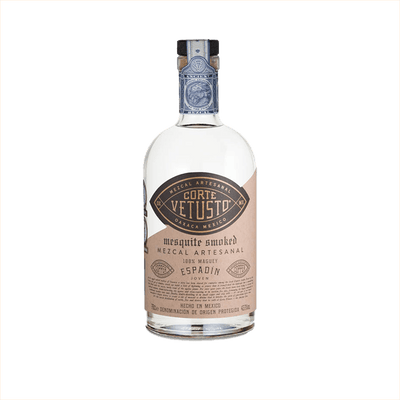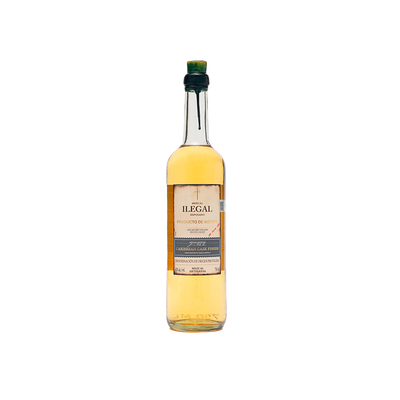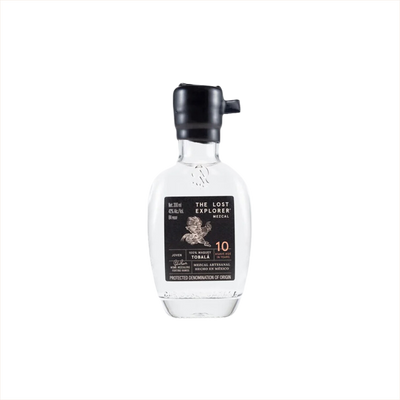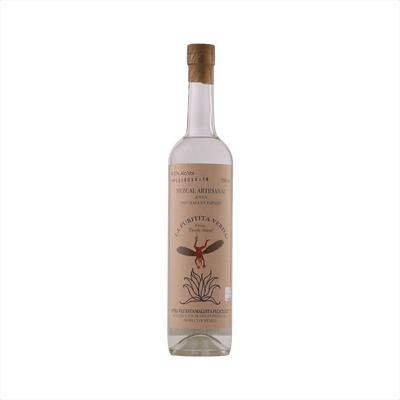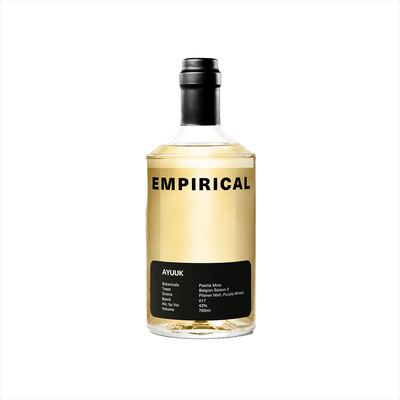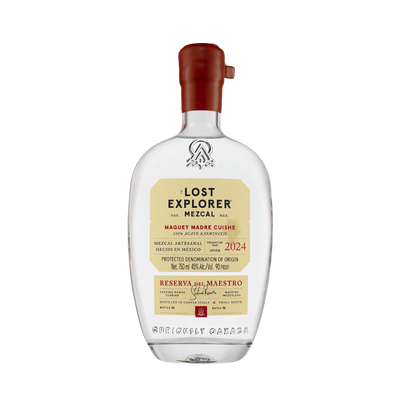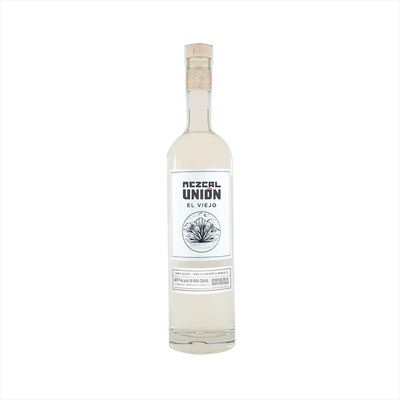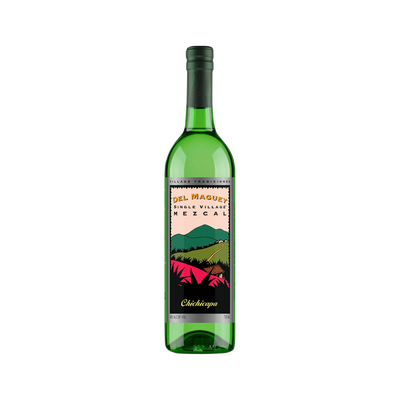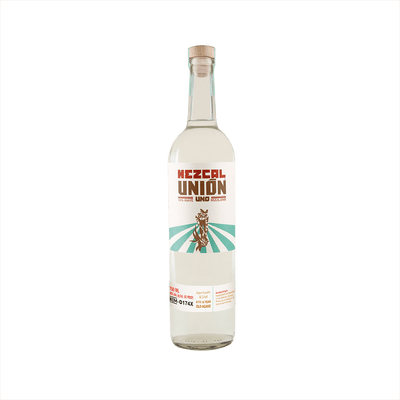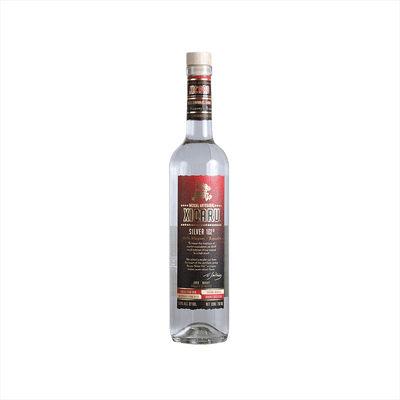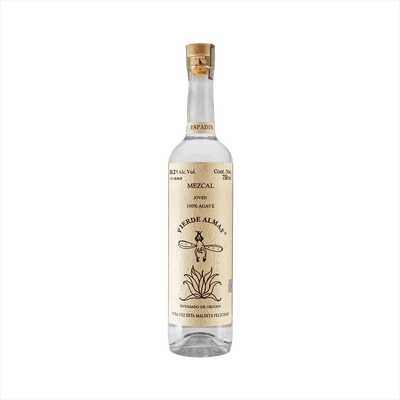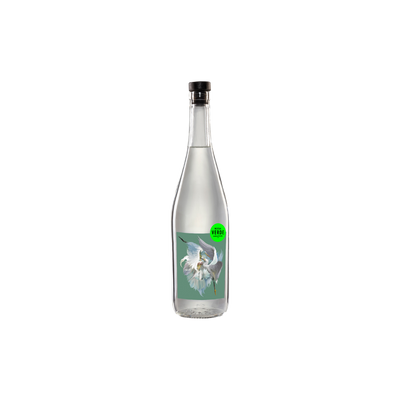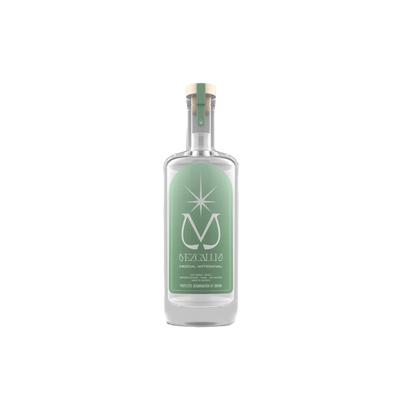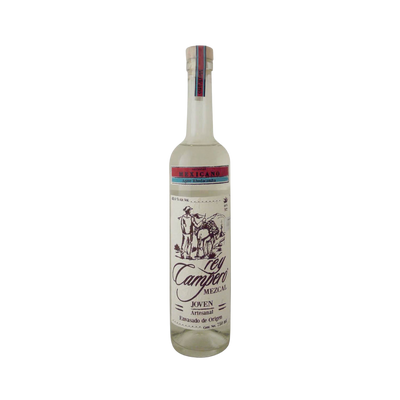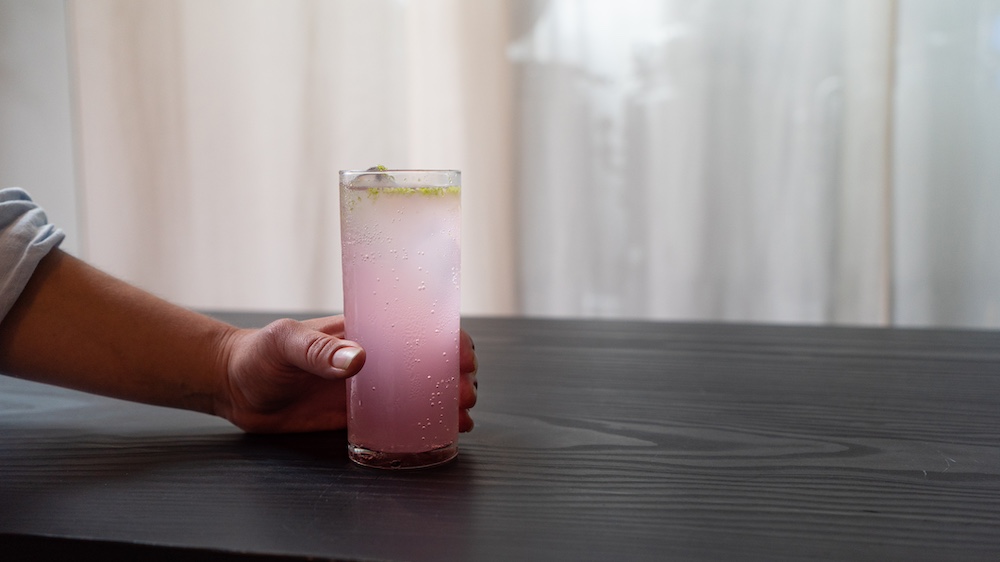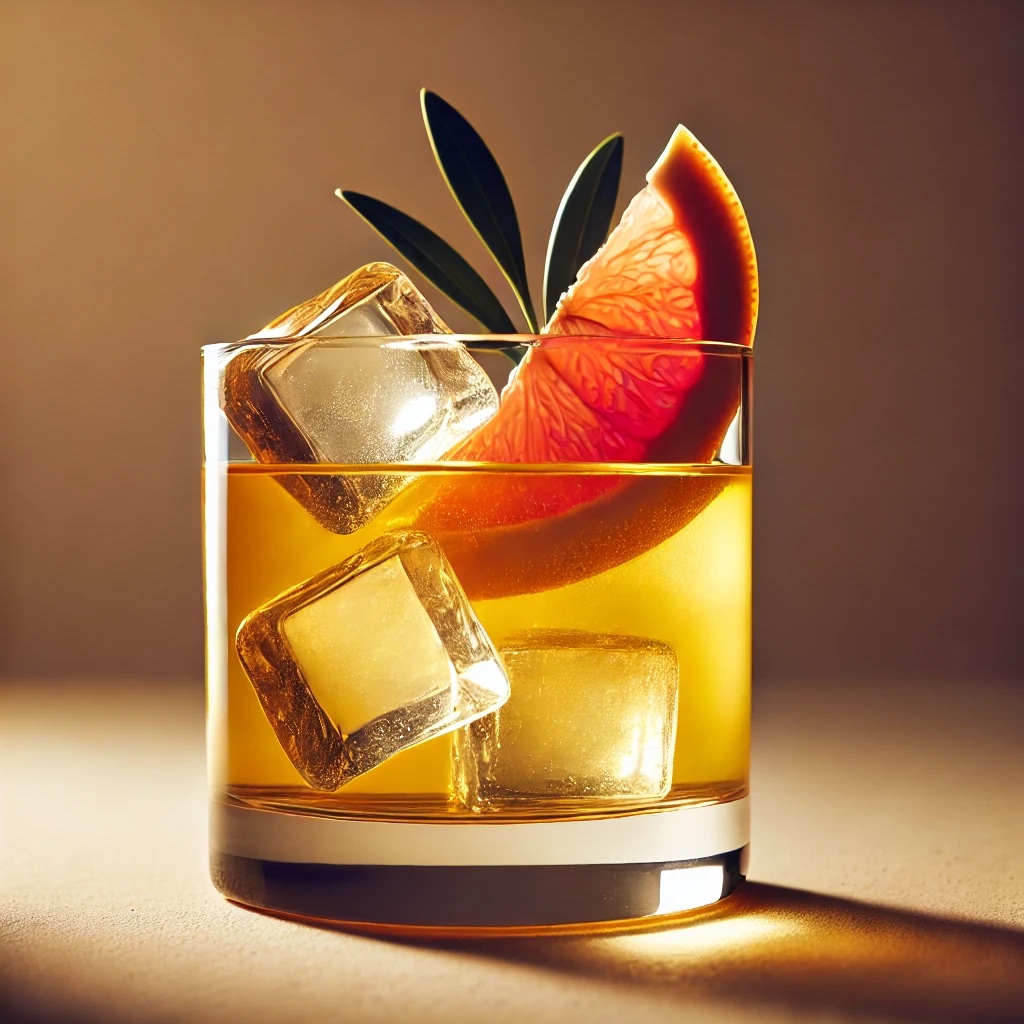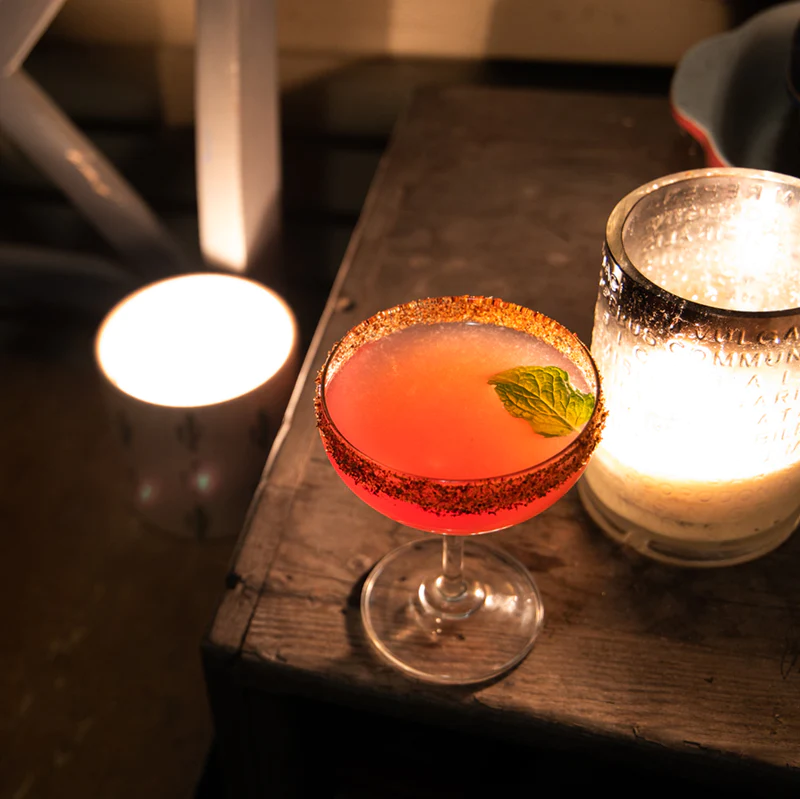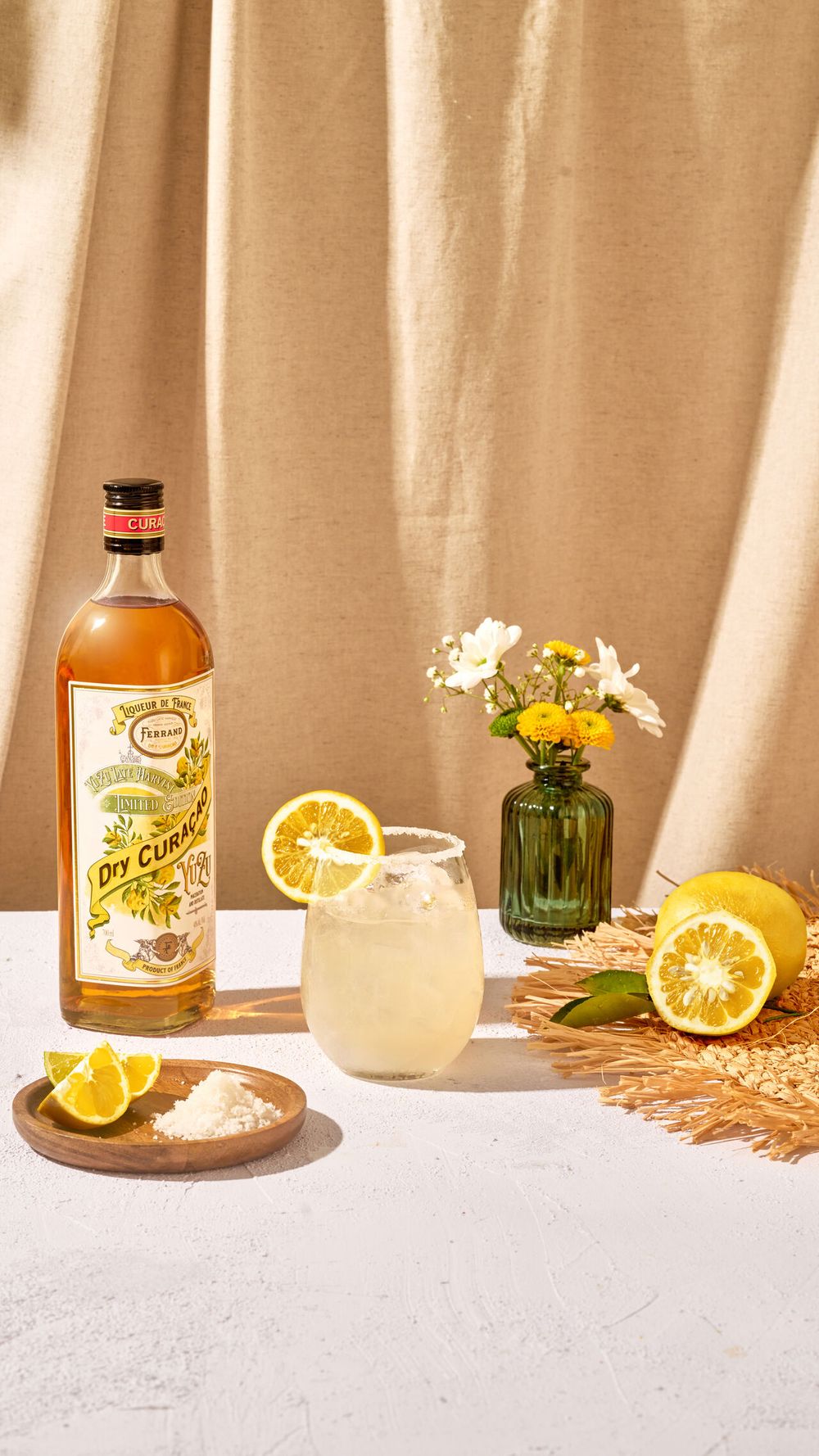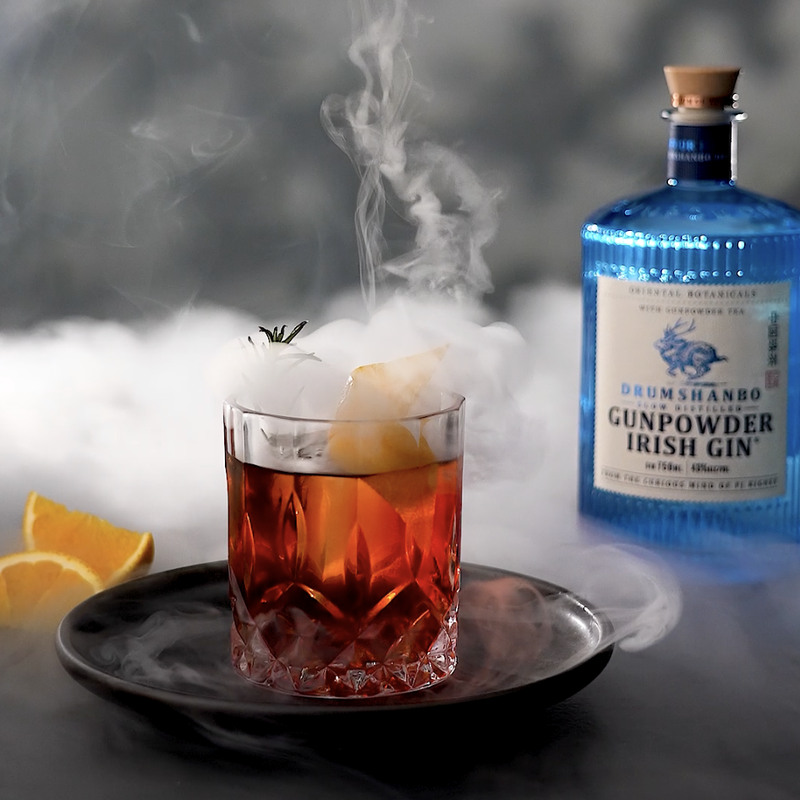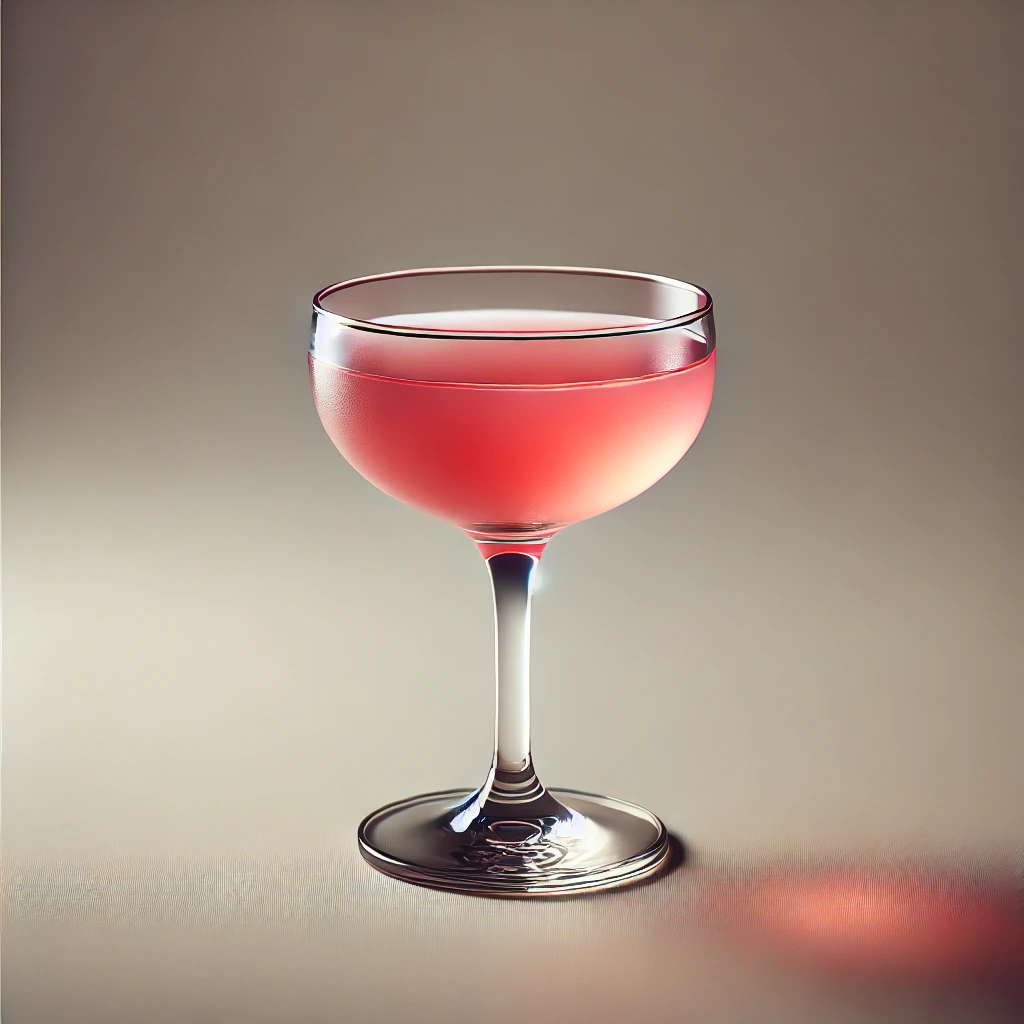Mezcal
What is Mezcal?
Mezcal is a distinctive category within Mezcal, Tequila, and Other Agave Spirits that stands apart through its traditional production methods and broader agave variety usage. While tequila must be made from blue Weber agave in specific regions, mezcal can be crafted from over 30 different agave species across nine Mexican states, with the heart-roasted agave cooked in underground earthen pits that impart its characteristic smoky flavor. This ancient spirit represents centuries of artisanal knowledge, typically produced in small batches using time-honored techniques that give each bottle a unique personality and sense of place.
Learn More About Mezcal
What makes Mezcal unique?
Mezcal stands apart from tequila and other agave spirits through its artisanal production methods, which often include roasting agave hearts in earthen pits lined with volcanic rocks, imparting that distinctive smoky character that's become mezcal's calling card. While tequila must be made exclusively from blue agave in specific regions, mezcal can be produced from over 30 different agave varieties across nine Mexican states, creating an incredible diversity of flavors that range from floral and fruity to intensely mineral and herbaceous. The traditional production techniques—including hand-harvesting, stone wheel crushing, and small-batch distillation in copper or clay stills—preserve centuries-old methods that give each mezcal a sense of place and the maker's personal touch.
How is Mezcal made?
Mezcal starts with agave hearts called piñas that are roasted in underground stone-lined pits fired with wood and charcoal, giving the spirit its signature smoky character. After roasting for several days, the cooked agave gets crushed by a large stone wheel called a tahona, then fermented in wooden vats or clay pots using wild yeasts. The fermented mash is distilled twice in copper or clay pot stills, creating a spirit that captures the essence of both the agave plant and the traditional methods passed down through generations.
How do you drink Mezcal?
Mezcal shines brightest when sipped neat at room temperature, allowing its complex smoky flavors and unique agave character to unfold naturally on your palate. While some enjoy it on the rocks or as a contemplative shot accompanied by orange slices and sal de gusano (worm salt), mezcal has also found its way into sophisticated cocktails where its distinctive smokiness adds depth to drinks like mezcal negronis, smoky margaritas, and oaxacan old fashioneds. The spirit pairs beautifully with citrus-forward cocktails and agave-based drinks, making it perfect for warm-weather sipping, outdoor gatherings, and those moments when you want something with more personality than your typical tequila cocktail.
How do I choose a good Mezcal?
Start by checking the label for "100% agave" and look for specific agave varieties like Espadín for approachable smokiness or Tobalá for complex, mineral notes. If you're mixing cocktails, stick with reliable Espadín-based mezcals that won't get lost behind citrus and other ingredients, but save those pricier wild agave expressions for sipping neat where you can appreciate their unique character. The best mezcals tell you exactly where they're from and who made them—artisanal producers often include the maestro mezcalero's name right on the bottle, which is your guarantee of traditional production methods.
Nutritional Information
Typical Calorie Range per Ounce: 64-69 calories
Typical Carbohydrate Range per Ounce: 0-0.1 grams
Typical Sugar Range per Ounce: 0 grams
Typically Gluten Free: Yes
Mezcal is distilled from agave plants, making it naturally gluten-free since agave contains no gluten proteins. The distillation process removes virtually all carbohydrates and sugars, leaving behind pure alcohol and water with trace flavor compounds. While mezcal is generally considered safe for those avoiding gluten, always check the specific product label and manufacturer information to confirm gluten-free status, especially for flavored varieties or those with additives.
Scrolled this far? Your reward? Mezcal Trivia!
- The worm isn't actually a worm—it's a moth larva. And it was never traditional. This marketing gimmick started in the 1940s when mezcal producer Jacobo Lozano Páez added the gusano rojo (red worm) to differentiate his brand. The larva comes from the agave plant itself, where it feeds on the roots and leaves. Real mezcal aficionados consider bottles with worms to be tourist traps rather than authentic expressions of the spirit.
- Mezcal can be made from over 40 different agave species, while tequila uses only one. Each agave variety produces wildly different flavors—from the earthy, mineral notes of Tobalá to the fruity complexity of Tepeztate. Some agaves take up to 35 years to mature before harvest, creating spirits with extraordinary depth that can cost hundreds of dollars per bottle. It's like comparing wine made from 40 different grape varieties versus just Chardonnay.
- Traditional mezcal production includes cooking agave hearts in underground stone pits for up to a week. Master mezcaleros dig cone-shaped earthen ovens, line them with volcanic rocks, and build massive fires that burn for 24 hours. The cooked agave develops its signature smoky character from direct contact with these hot stones and earth. Some producers still crush the roasted piñas using a massive stone wheel called a tahona, pulled by horses or donkeys.
- Mezcal has its own version of terroir, called "mezcal de lugar." The same agave species grown in different Mexican states produces completely different flavor profiles based on altitude, soil composition, climate, and local production methods. A Espadín from Oaxaca tastes nothing like one from Guerrero or Michoacán. This geographical influence is so pronounced that experienced drinkers can often identify a mezcal's origin just by smell and taste.
- Wild agave harvesting for premium mezcal is threatening some species with extinction. Agaves like Tobalá and Tepeztate grow incredibly slowly in the wild and reproduce mainly through seeds rather than clones. Overharvesting for high-end mezcal production has put several species at risk. Some distillers now work with conservation groups to replant wild agaves and develop sustainable harvesting practices to preserve these ancient plants for future generations.
Higher-proof spirits can be intense. Mix carefully, taste thoughtfully, and enjoy responsibly.
Gift message (optional)

